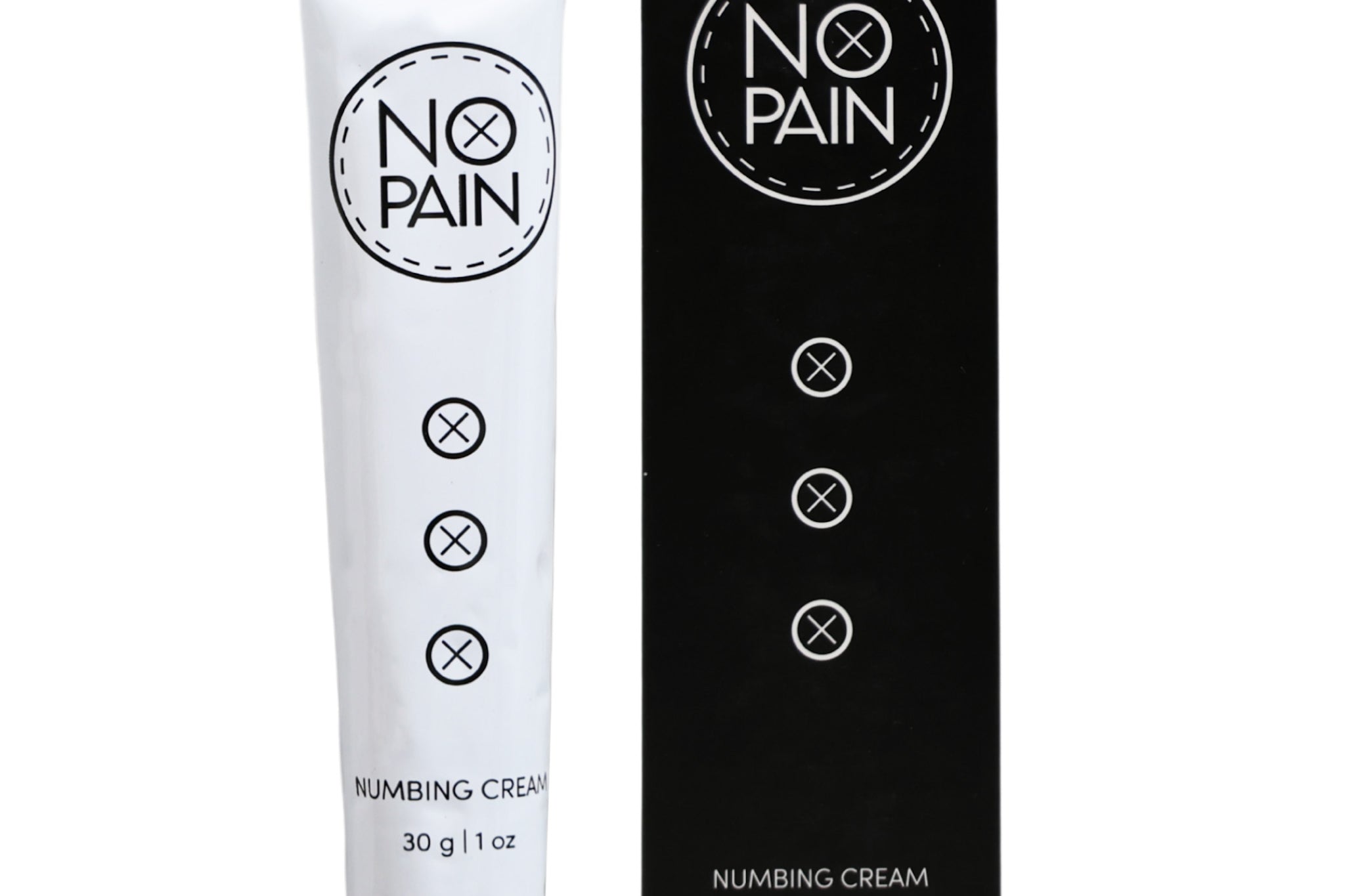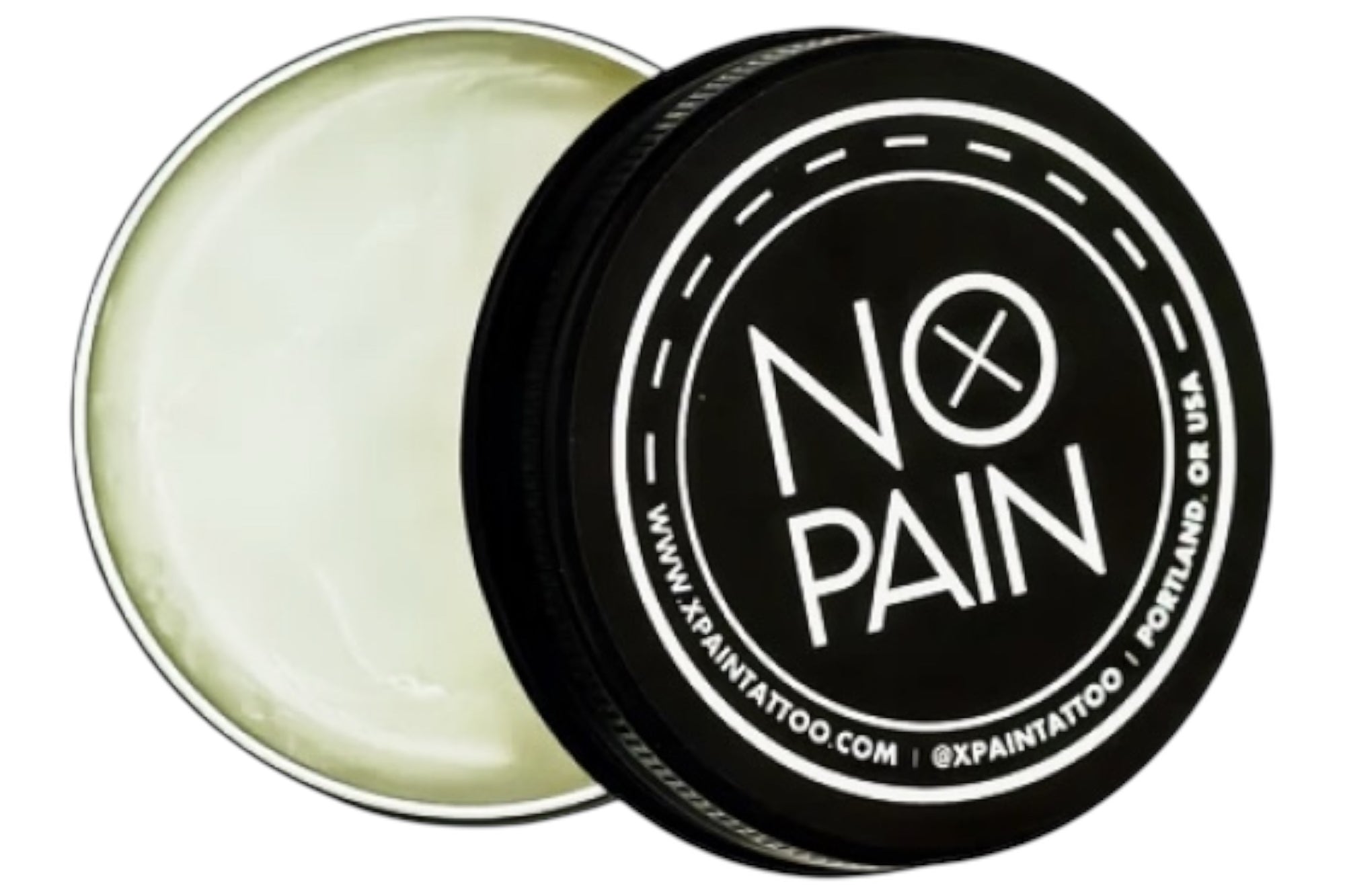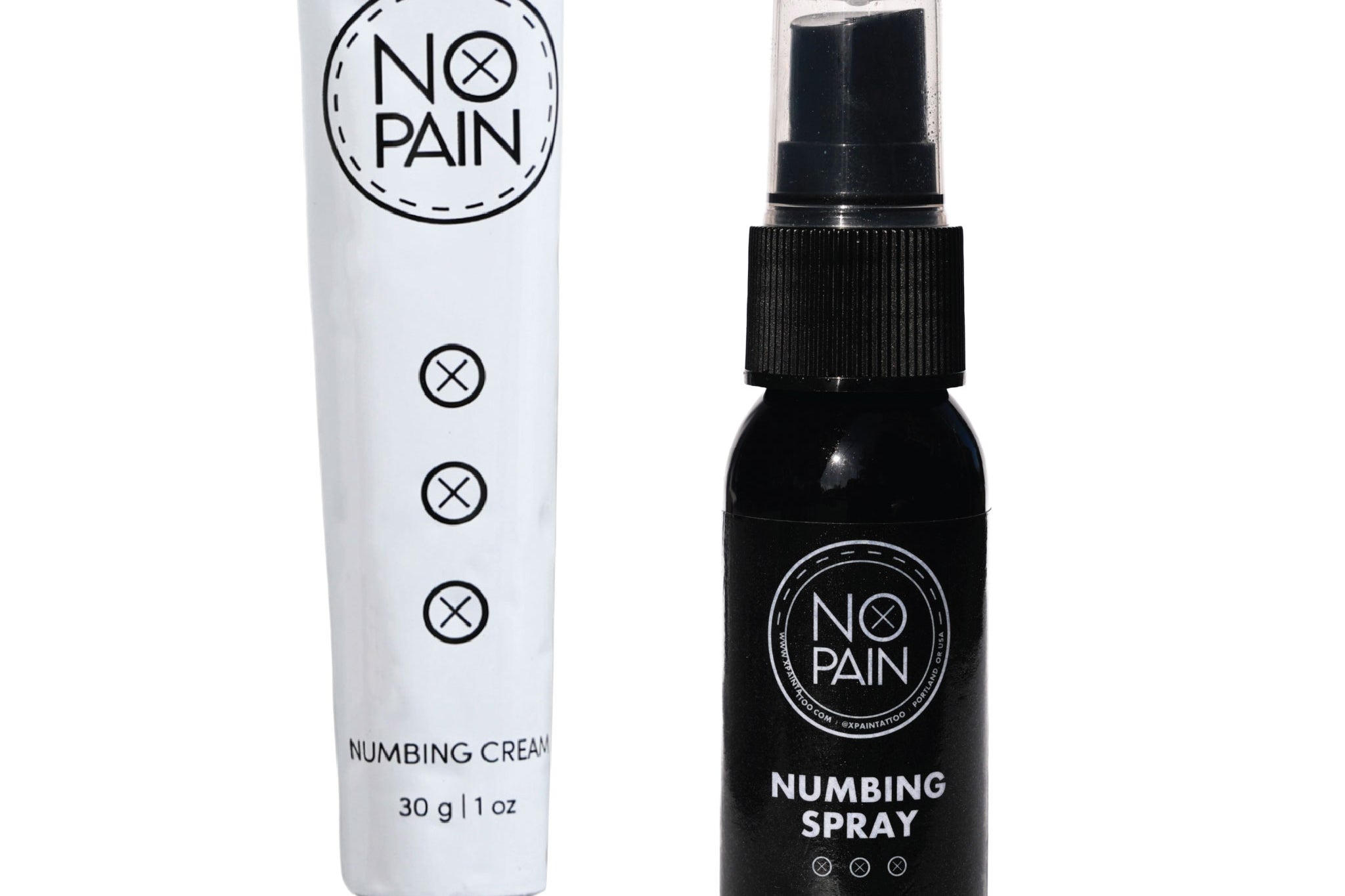A skin graft is a life-changing medical procedure, a testament to the body's ability to heal. But it often leaves behind a permanent, visible reminder of the trauma or surgery. For many, the desire to transform this area into a piece of chosen art is a powerful step in their recovery journey. This leads to a critical and hopeful question: "Can you get a tattoo on a skin graft?"
The answer is yes, it is often possible. However, it is one of the most advanced and challenging procedures in the tattoo world. It requires a deep understanding of the unique nature of grafted skin and a process that prioritizes safety above all else.
This is your complete guide to the risks and the essential steps you must take to safely get a tattoo on a skin graft.
Disclaimer: This guide is not a substitute for professional medical advice. You must consult with your surgeon and your dermatologist to get full clearance before considering a tattoo on a skin graft.
Understanding Your Canvas: Why Skin Grafts Are Different
A skin graft is not like a normal scar. It's a piece of skin that has been surgically moved from one part of your body to another. This new skin is fundamentally different from the surrounding tissue.
-
Altered Texture and Thickness: Grafted skin is often much thinner and has a different, sometimes uneven, texture.
-
Different Ink Absorption: It may not absorb tattoo ink as evenly as undamaged skin, which can make achieving a solid, saturated look very difficult.
-
Increased Sensitivity: The area is often packed with a disorganized network of healed nerve endings, which can make it extremely sensitive.
Your Non-Negotiable Safety Checklist
1. You MUST Get Full Clearance From Your Medical Team.
This is the only way to begin. Your surgeon and dermatologist are the only people who can assess the graft and tell you if it is healthy, stable, and mature enough to handle the trauma of a tattoo.
2. The Graft Must Be Completely Healed and Matured.
This is not a process you can rush. You must wait until your doctor confirms the skin graft is fully settled. This can often take several years. Tattooing too soon on an immature graft is dangerous and will result in a disastrous tattoo.
3. You MUST Find a True Specialist.
This is not a job for a regular tattoo artist. You must find a specialist who has extensive, proven experience tattooing over skin grafts and significant scar tissue. Ask to see a portfolio of their healed work on similar canvases.
Managing the Experience: Pain and Aftercare
-
The Pain Factor: How bad do tattoos hurt on a skin graft? The pain is unpredictable but is almost always more intense than on normal skin due to the nerve sensitivity. A smart pain management plan is crucial. Our No Pain Tattoo Numbing Cream is an essential tool to ensure you can stay perfectly still, which is critical for your artist to work on this challenging canvas.
-
Aftercare is More Critical Than Ever: The tattoo aftercare for a graft is a delicate process. The skin is compromised and needs the gentlest, most effective care to heal.
-
Our No Pain Tattoo Aftercare Bundle is the safest choice. The No Pain Tattoo Cleansing Foam is hypoallergenic and won't irritate the fragile skin. The No Pain Tattoo Soothing Gel will calm the intense inflammation, and the No Pain Tattoo Aftercare Balm provides the breathable moisture needed for a successful heal.
-
The Verdict: While challenging, getting a tattoo over a skin graft is a real possibility and can be an incredibly rewarding and empowering experience. It is a journey that requires patience, a team of medical and artistic professionals, and a flawless aftercare routine. By taking every precaution, you can safely transform your scar into a beautiful piece of art.



